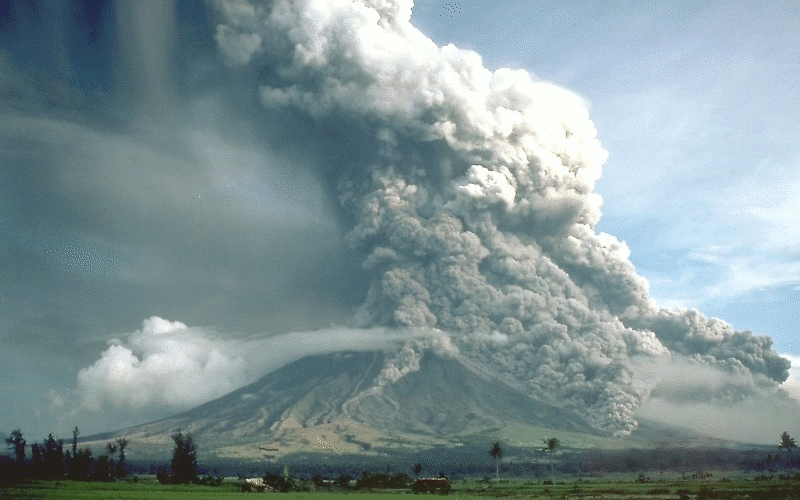BUILT ENVIRONMENT AND DESIGN
Type of resources
Keywords
Publication year
Topics
-
The Land Air Marine Access team have developed a Best Practice Standards approach to land, air and marine access and stakeholder engagement to protect Geoscience Australia's social licence and maximise the benefits of our science outcomes.
-
Knowledge of the nature of buildings within business precincts is fundamental to a broad range of decision making processes, including planning, emergency management and the mitigation of the impact of natural hazards. To support these activities, Geoscience Australia has developed a building information system called the National Exposure Information System (NEXIS) which provides information on buildings across Australia. Most of the building level information in NEXIS is statistically derived, but efforts are being made to include more detailed information on the nature of individual buildings, particularly in business districts. This is being achieved in Sydney through field survey work.
-
Knowledge of the nature of buildings within business precincts is fundamental to a broad range of decision making processes, including planning, emergency management and the mitigation of the impact of natural hazards. To support these activities, Geoscience Australia has developed a building information system called the National Exposure Information System (NEXIS) which provides information on buildings across Australia. Most of the building level information in NEXIS is statistically derived, but efforts are being made to include more detailed information on the nature of individual buildings, particularly in business districts. This is being achieved in Southbank through field survey work.
-
Knowledge of the nature of buildings within CBD areas is fundamental to a broad range of decision making processes, including planning, emergency management and the mitigation of the impact of natural hazards. To support these activities, Geoscience Australia has developed a building information system called the National Exposure Information System (NEXIS) which provides information on buildings across Australia. Most of the building level information in NEXIS is statistically derived, but efforts are being made to include more detailed information on the nature of individual buildings, particularly in CBD areas. This is being achieved in Hobart through field survey work.
-
This brochure describes the work undertaken at Geoscience Australia (GA) to develop a blast loss estimation capability for the Australian Reinsurance Pool Corporation. This brochure was developed to accompany a GA record on the same subject. (<a href="http://dx.doi.org/10.11636/Record.2016.022">eCat #101902</a>) Geoscience Australia has developed a modelling capability to estimate the potential impact of terrorist blasts in Australian central business districts (CBDs). With this information, the Australian Government is now able to more reliably estimate insured loss on behalf of the Australian Reinsurance Pool Corporation (APRC). Insured loss is determined based on impact to buildings, contents and business interruption. This capability can now provide blast loss estimates to ARPC in a single business day for the Sydney, Melbourne, Adelaide and Brisbane CBDs. This capability is still in development for the Perth CBD and is expected to be operational by the end of 2016. This blast modelling capability allows ARPC to understand their financial exposure to a range of blast scenarios and assists them to ensure appropriate levels of reinsurance are held to respond to a terrorist incident. Should a terrorist incident occur, loss estimates can be continually reassessed as intelligence from the field is incorporated. Furthermore, the capability provides the ability to assess expected losses across CBDs through simulating many blast locations.
-
Knowledge of the nature of buildings within CBD areas is fundamental to a broad range of decision making processes, including planning, emergency management and the mitigation of the impact of natural hazards. To support these activities, Geoscience Australia has developed a building information system called the National Exposure Information System (NEXIS) which provides information on buildings across Australia. Most of the building level information in NEXIS is statistically derived, but efforts are being made to include more detailed information on the nature of individual buildings, particularly in CBD areas. This is being achieved in Brisbane through field survey work.
-
Knowledge of the nature of buildings within business precincts is fundamental to a broad range of decision making processes, including planning, emergency management and the mitigation of the impact of natural hazards. To support these activities, Geoscience Australia has developed a building information system called the National Exposure Information System (NEXIS) which provides information on buildings across Australia. Most of the building level information in NEXIS is statistically derived, but efforts are being made to include more detailed information on the nature of individual buildings, particularly in business districts. This is being achieved in Adelaide through field survey work.
-
Knowledge of the nature of buildings within CBD areas is fundamental to a broad range of decision making processes, including planning, emergency management and the mitigation of the impact of natural hazards. To support these activities, Geoscience Australia has developed a building information system called the National Exposure Information System (NEXIS) which provides information on buildings across Australia. Most of the building level information in NEXIS is statistically derived, but efforts are being made to include more detailed information on the nature of individual buildings, particularly in CBD areas. This is being achieved in the Gold Coast through field survey work.
-
NEXIS (National Exposure Information System) Residential Dwelling Density is a set of four raster layers representing the density of residential dwellings across Australia at different scales and resolutions. Resolutions include 2km, 1km, 500m and 100m. The Australian Bureau of Statistics (ABS) defines dwelling units as self-contained suites of rooms including cooking and bathing facilities and intended for long-term residential use. Such dwelling units include houses-detached buildings used for long-term residential purposes-and other dwellings including flats. This product is based on NEXIS version 13 (2022) data.
-

Activity for secondary and senior secondary students examining a hypothetical city and its vulnerability to volcanic hazard risk. Includes background information for teachers, PowerPoint presentation, student activity sheet and worked answers.
